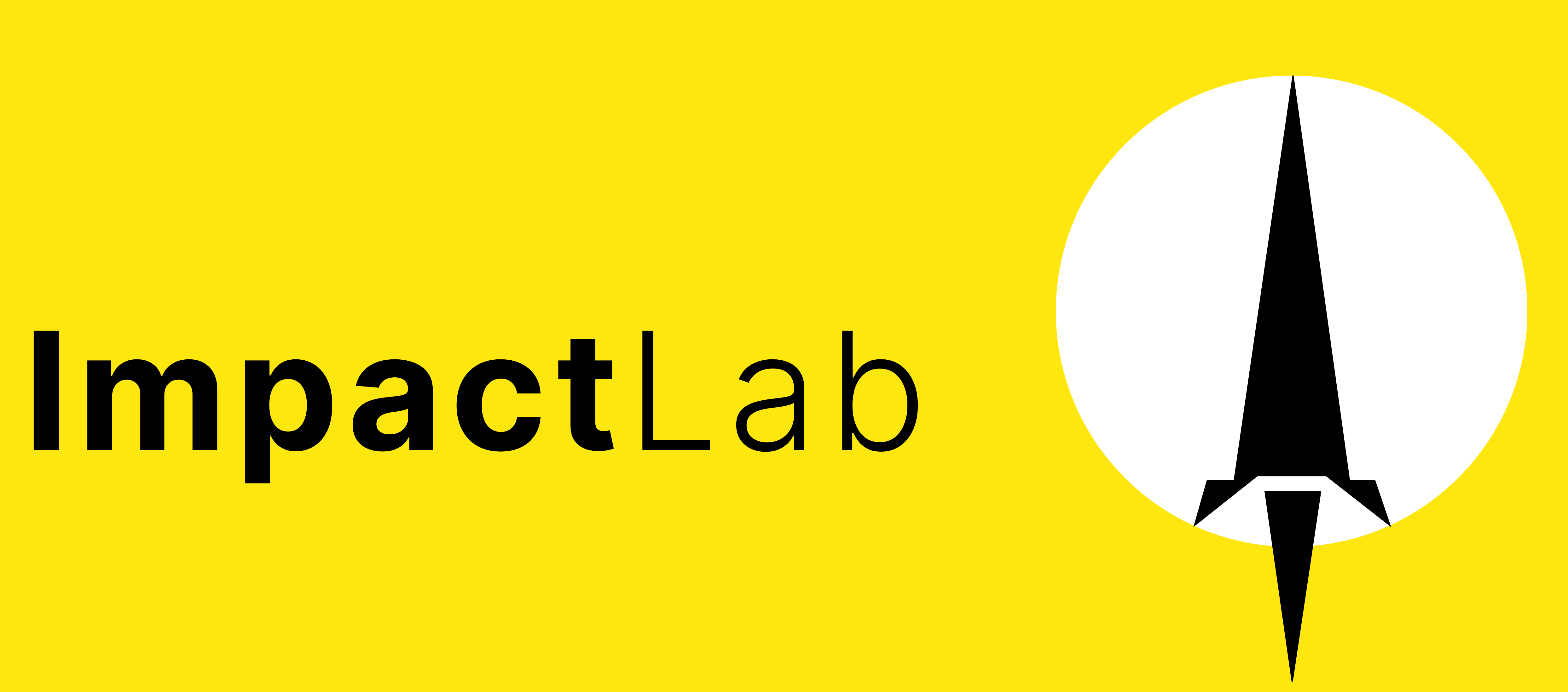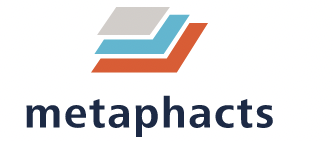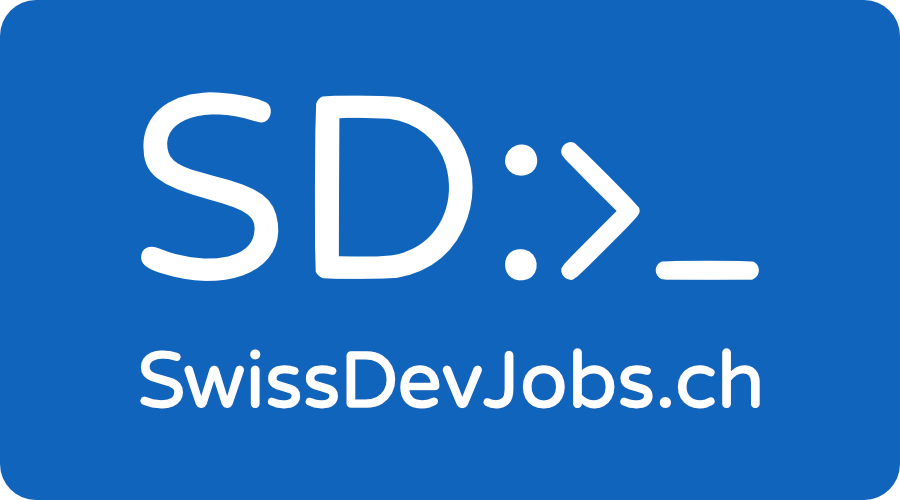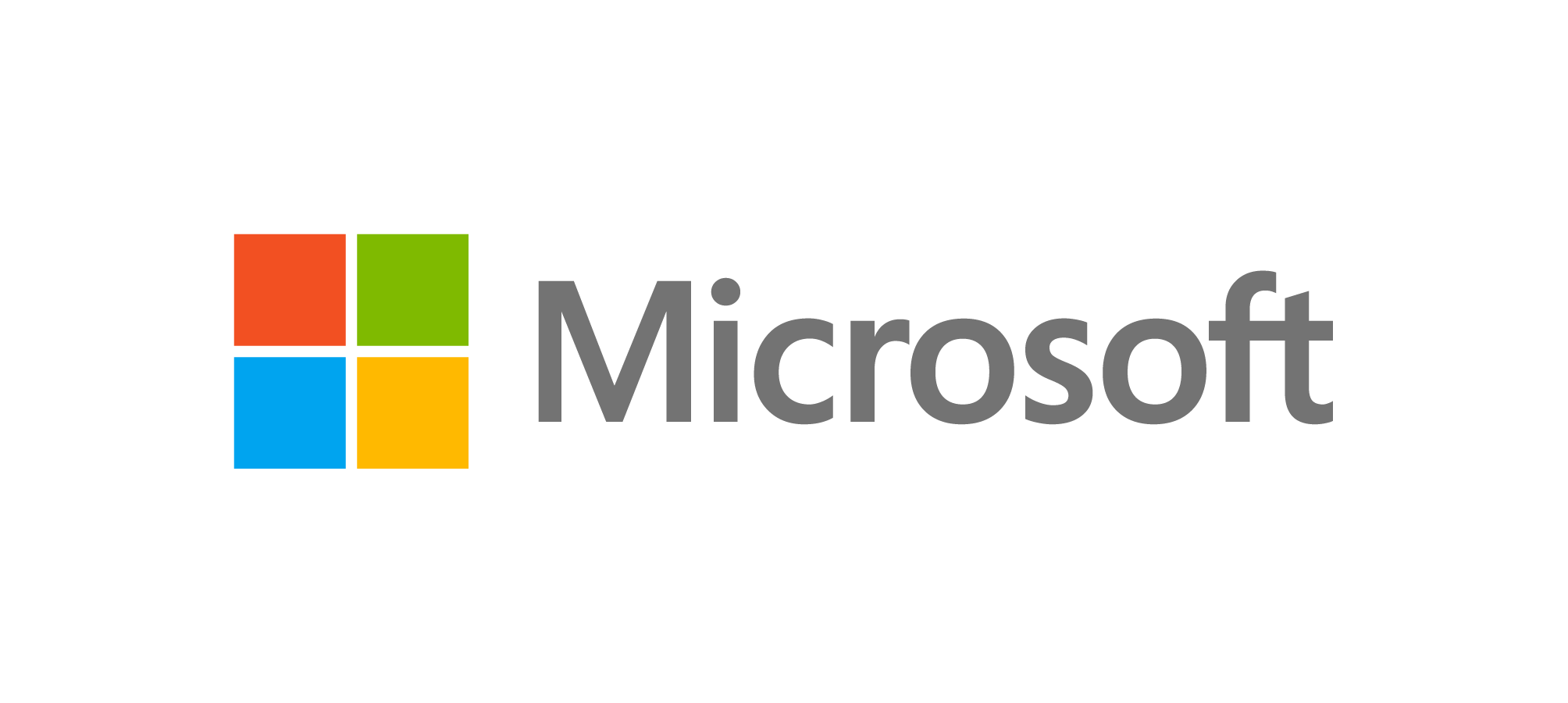Challenges from MAKEathon 2020
| Challenge | Source |
|---|---|
| How is it possible to automatically read various sources of information – some only with prose text – and map potential threats to platforms with a specific CPE (Common Platform Enumerator) which in the end can be correlated with an inventory? The aim is to find out very promptly, whether a company or a particular system from the inventory is affected by a set of publicly available vulnerabilities. (More to be disclosed during the event) | PostFinance |
| Recognize which daily living activity is performed by people wearing Actigraphy devices. This challenge is proposed through Wega by the Software Engineering for Healthcare Lab, a joint laboratory between the University of Genova and Janssen. | WEGA |
| Analyze a volume of ECG data coming from different patients and create an automatic classification (normal/abnormal) of these records | WEGA |
| FHNW, MSc BIS: recommend, based on activity traces – e.g. publications, student and research projects, etc. – and knowledge of experts, which lecturers would be the right persons to involve as examiners of master theses. | IISResear.ch |
| Making it easier for “normal” persons to understand the terms and conditions sections when they download software or need to agree to those contracts for any other reason, e.g. by providing some sort of “translation” into short and understandable statements and/or generating warnings about potentially unacceptable terms/conditions. | Participant |
| Detect anomaly and avoid incorrect invoices. Healthcare worker are tracking their work continuously with their smartphone. Based on their re-ports invoices for customers, insurances and the government are created. Even though plausibility checks are in place incorrect invoices are sent out. Wrong invoices lead to rework and unsatisfied customers. | Spitex Basel |
| Create a rolling yearly demand forecast model. The demand for home care services is volatile and difficult to forecast. An approach is to build a model based on customers, their health, and the services provided to them. Furthermore, external data could be included. | Spitex Basel |
| jobalino is a young HR-Tech startup providing a SaaS-solution to Swiss SMEs. In order to concentrate further on the market for job seekers, jobalino would like to develop a new and intelligent solution for the career guidance of graduates. The Challenge, therefore, consists of the development of an intelligent and skill-based career pathfinder to support graduates and young professionals in their career entry. | jobalino.ch |
| Companies involved in international trade vastly use Letters of Credit (L/C) as a payment mechanism, it is estimated that the L/C is used in 11-15% of all global export transactions, accounting over USD 1 trillion each year. By its very nature, this payment mechanism requires manual preparation and checking of documentation by corporates and banks. Commercial parties and banks spend enormous time ensuring & verify consistency between a document set and an established Letter of Credit which necessitate being fully compliant with the international governing set of rules under Uniform Customs and Practice (UCP) which is developed by the International Chamber of Commerce (ICC). To date, the document preparation of corporates and conformity checks by banks is still a labor-intensive task to a large extend. The question remains open whether the application of artificial intelligence (AI) and/or machine learning (ML) can automize the document preparation/verification process in order to reduce, if not entirely eliminate, this required manual task and furthermore prevent the discrepancies caused by human intervention while inevitably helping to reduce the use of paper thus contribute to having a major impact on saving the environment. | indagia |
| Based on pairs of requests for quotation (RFQs) on the one hand and quotations/cost calculations on the other hand, can you help an engineering services company to support the semi-automatic creation of quotations based on new RFQs? | – |
| Sales brokers of healthcare insurances tend to use private communication means (e.g. WhatsApp) to inform potential customers about possible offers. Such information is, however, sometimes incorrect and not compliant with the actual regulations of the insurance. As a consequence, after the package is purchased part of the promised services cannot be used, thus leading to customer complaints. Our challenge, therefore, consists in discovering, within sales conversations, any offers that do not comply with the offered packages and their regulations and in raising warnings about these. A health insurance use case will be provided along with the necessary data to implement the challenge. | Secpire |






